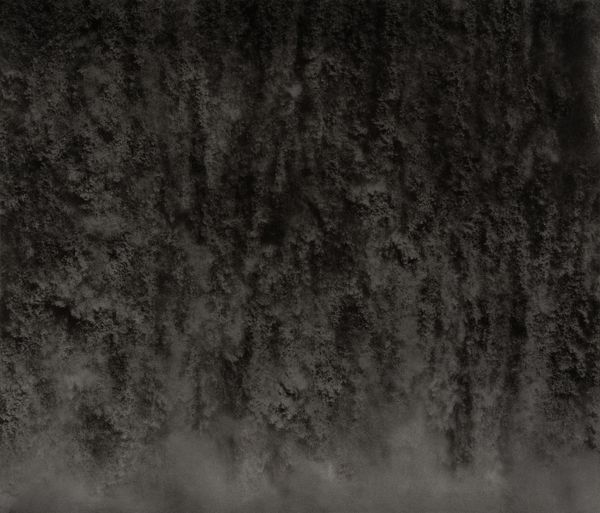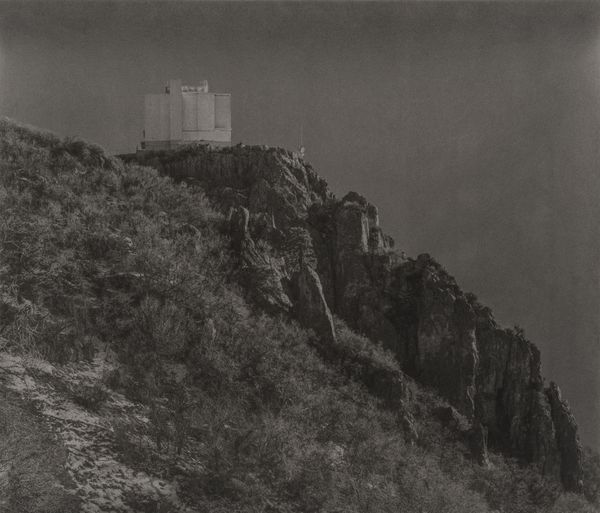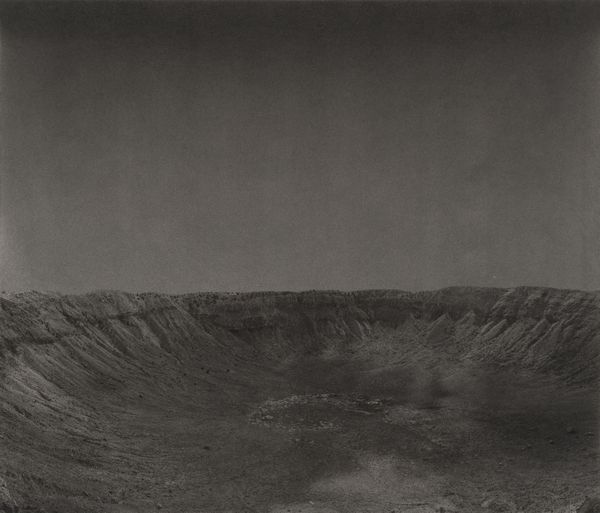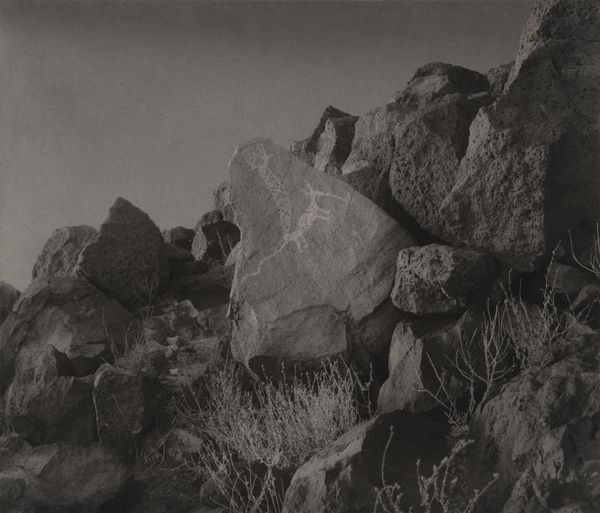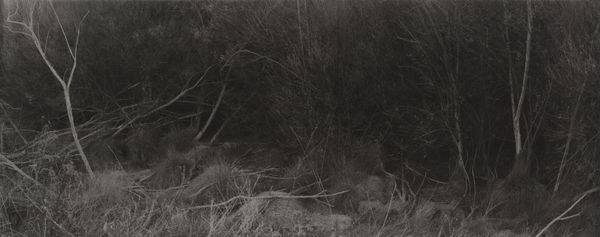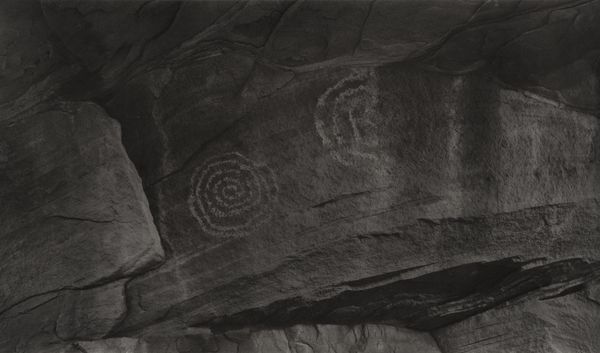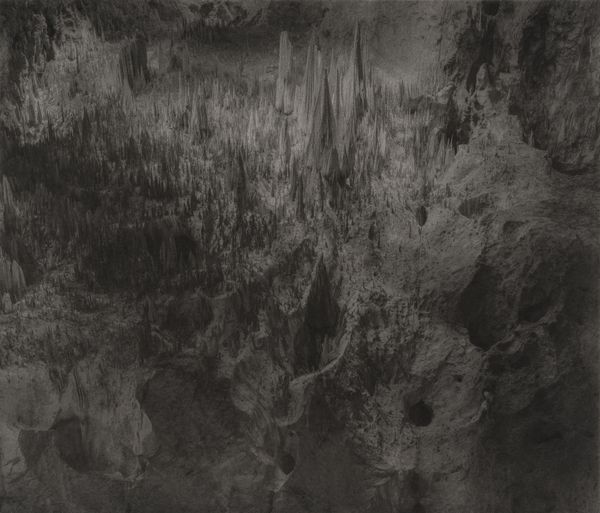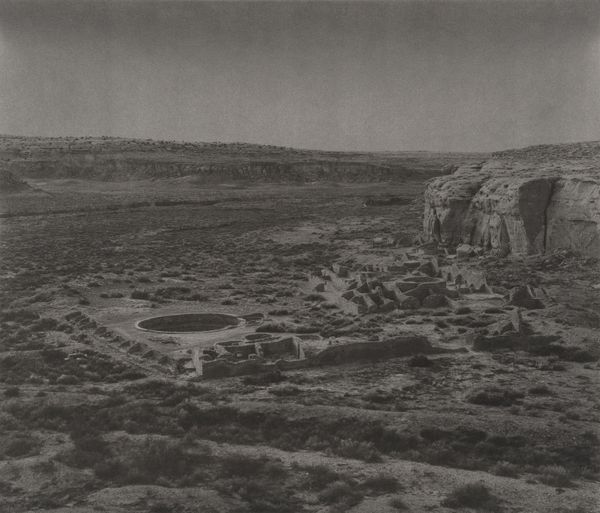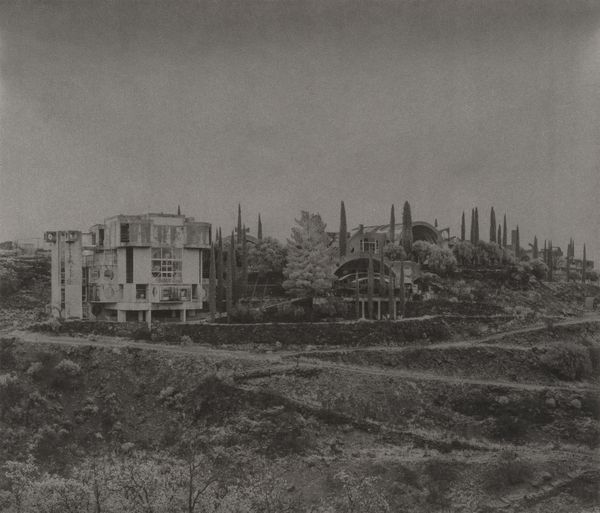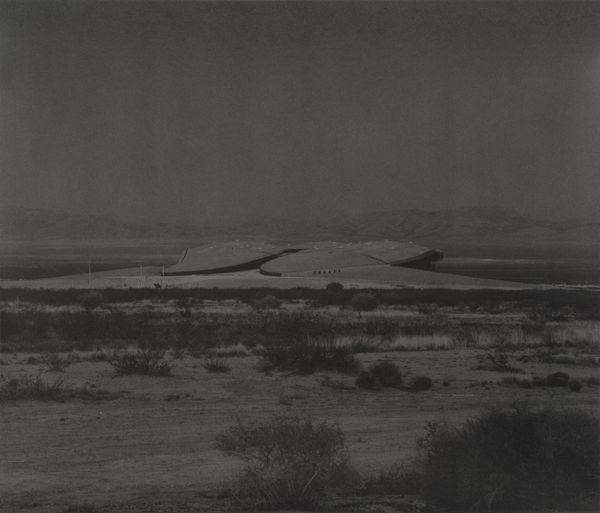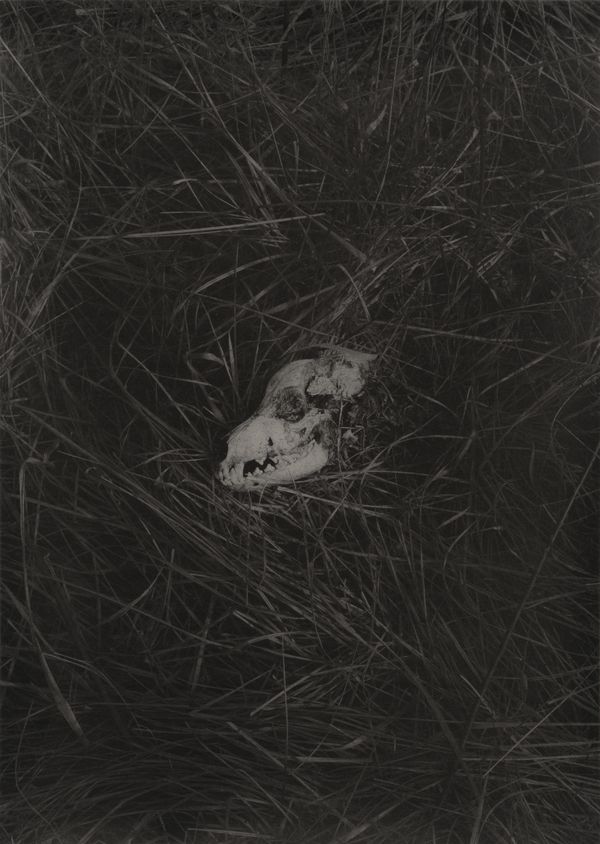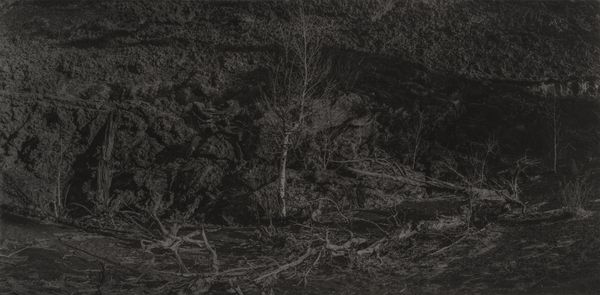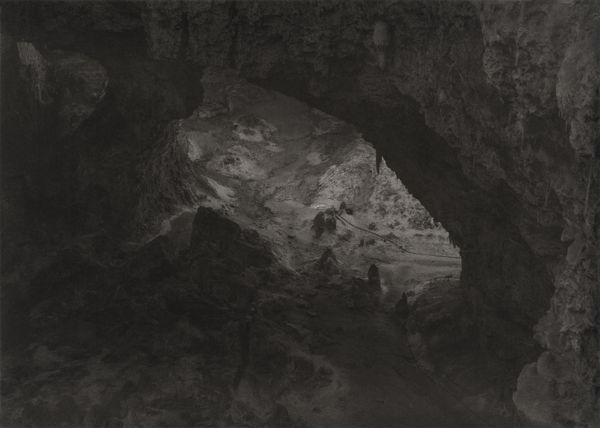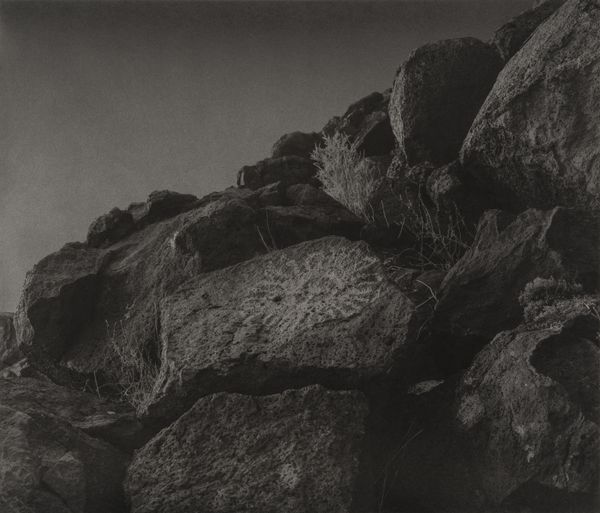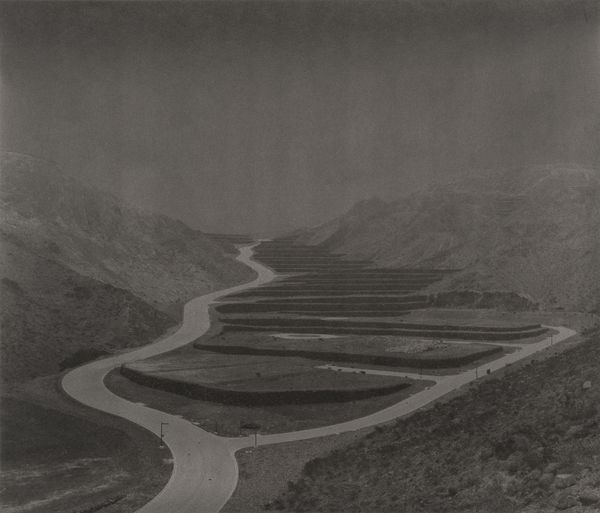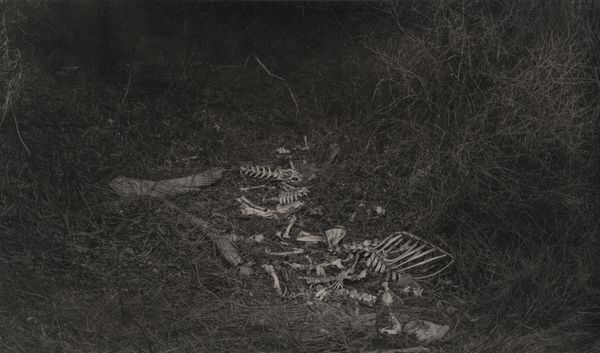Kósmos, plurality of worlds as Aby Warburguan library
-
Dates2017 - 2019
-
Author
- Topics Contemporary Issues, Documentary, Fine Art, Landscape, Nature & Environment
Kósmos mirrors the ancestral knowledge of the native populations of the Fours Corners but also contemporary scientific research as well as «utopian» projections or environmental impacts, manifestations of a modernity crossed by hubris.
Amélie Labourdette’s work, mainly related to the photographic medium, unfolds through the exploration of alternative narratives. The latter are crossed by post-colonial history, ecology, in the post-capitalist era. They invite to a knotting of spaces-times and attempt to build an alternative regime of historicity allowing us to imagine and embody other forms of inhabiting our world than those of Western modernity, where humans could reposition themselves within a relational dynamism with the cosmos.
Photographic constellation, Kósmos, plurality of worlds as Aby Warburguan library was realized in the American Southwest on a territory that includes the Fours Corners (Arizona, Colorado, New Mexico and Utah) to Southwest Texas.
By capturing traces, indices in the landscape, Amélie Labourdette develops a perspectivist reading of this territory by associating an anthropological analysis with a subjective poetics of images. With Kósmos, she does not simply seek to reproduce the image of the world externally, to document it, but explores the primordial strangeness of our terrestrial «environment» perceived as an encrypted world, in order to reveal its mesh, its inter-connectivities and interrelationships and attempts to account for the relationship of humans to the terrestrial biosphere and the cosmos. Far from being an immense timeless expanse, this territory is a multi-temporal and multi-memorial space, where different sites reveal themselves as places that bear witness to a profound link between humans and cosmos throughout the ages and civilizations. Kósmos mirrors the ancestral knowledge of the native populations of the Fours Corners but also contemporary scientific research, such as astronomy or ecology, as well as «utopian» projections or environmental impacts, manifestations of a modernity crossed by hubris.
The Pueblos (Hopis, Navajos, Zunis, Acoma, Keres, Tewa, Tiwa, Towa...) and the native peoples of the American Southwest do not consider space and the beings that live in it as material objects that they can possess, control or vanquish. They have developed knowledge related to astronomy, resulting in both a perception of the cosmos in which all the entities making it up are interrelated and a conception of circular time, in which the categories of past, present and future do not necessarily follow one another, but intermingle, enlighten one another and coexist.
Kósmos is a constellation in which the world composed of humans and non-humans, animal, vegetable, mineral and celestial worlds, is approached in a web of relationships, in the form of different analogical and poetic comparisons of «cosmovisions» and temporal strata and weaves its meaning from their articulations and resonances following the example of the library of the art historian Aby Warburg. In his library, he had collected more than sixty thousand books on ancient religions, rituals, myths, magic and art, an immense collection of cultural memory in which knowledge was decompartmentalized, in a subtle arrangement built piece by piece, according to the principle of «good neighbourliness» where one book summons another which in turn is part of a network of horizontal junctions. The library, «space of thought»[Denkraum] of the art historian, referring to the Kivas, by its elliptical form, «spaces of contemplation» [Andachtsraum] of he Pueblos people, a cosmos pre-modern representation.
The prints, made in Piezography (a printing process using carbon pigment inks) on a thin and fragile Japanese paper gives the photographic material a spectral and radiant presence. They are evocative of the experiences of the pioneers of photography, some of whom attempted to record "spectral appearances", invisible remanence. Impregnated with a black light, eclipse light obscure, the images of a carbonaceous chemistry with iridescent shades are imprinted like the reminiscence of a cosmic memory. We are, like these inks, carbon clumps, stardust. The light, black and vibrant, milky and napped, seems to come from the image projected into the inner vault of a skull. Like inner visions, Kósmos echoes a latent, ancestral space-time, enclosing a memory of material and immaterial, physical and invisible worlds.
The photographic series presented here is part of a larger corpus of 45 images.
